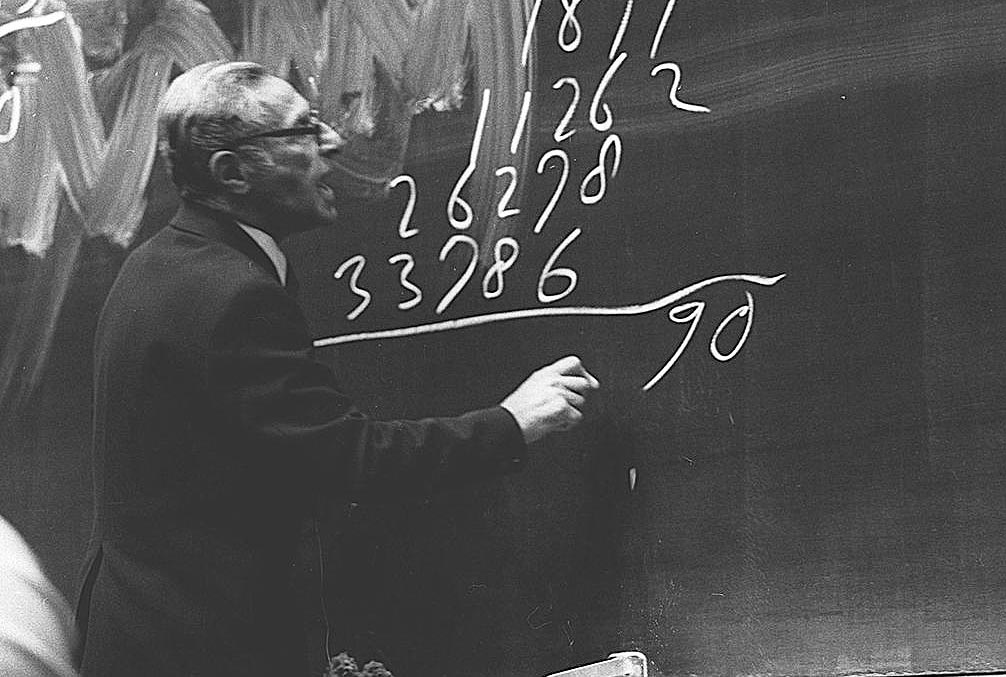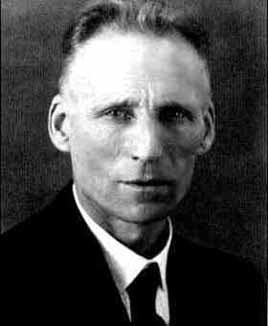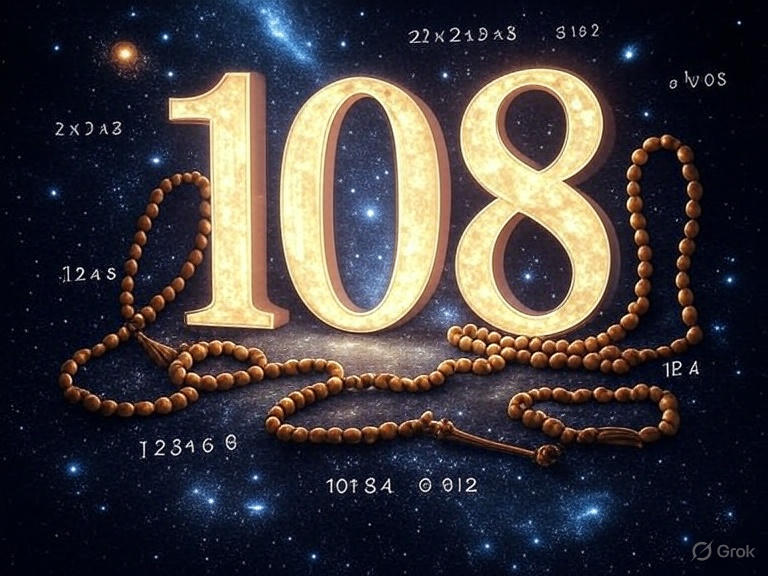Identifying the top five Dutch mathematicians involves evaluating their contributions to mathematics, focusing on impact, innovation, and recognition within the field. The Netherlands has a rich mathematical tradition, producing scholars whose work has shaped various areas of mathematics. Based on historical significance, influence, and contributions, the following are five Dutch mathematicians who could be considered among the top, presented in no strict order of ranking due to the subjective nature of "top" and the diverse areas of their work.
Top Five Dutch Mathematicians
1. Christiaan Huygens (1629–1695)
Contributions: Huygens was a polymath whose mathematical work significantly advanced geometry, probability, and applied mathematics. He developed the wave theory of light, which involved mathematical modeling of wave propagation, and made foundational contributions to probability theory through his work on games of chance, including the concept of expected value in De Ratiociniis in Ludo Aleae (1657). He also improved methods for calculating the areas of curves and surfaces, contributing to early calculus. His work on the pendulum clock involved mathematical analysis of periodic motion, impacting physics and mathematics.
Significance: Huygens is considered a pioneer in probability and a key figure in the Scientific Revolution. His mathematical insights bridged theory and application, influencing later developments in calculus and physics.
Why Included: His foundational work in probability and geometry, combined with his international influence, makes him a standout Dutch mathematician.
https://en.wikipedia.org/wiki/Christiaan_Huygens
2. Luitzen Egbertus Jan Brouwer (1881–1966)
Contributions**: Brouwer founded intuitionism, a philosophy of mathematics emphasizing constructive proofs over classical logic. He developed key results in topology, including the Brouwer Fixed-Point Theorem, which states that any continuous function from an \( n \)-dimensional closed ball to itself has a fixed point. His work on the foundations of mathematics challenged the use of the law of the excluded middle and influenced modern topology and mathematical logic.
Significance: The Brouwer Fixed-Point Theorem is a cornerstone of topology, with applications in economics, game theory, and physics. Intuitionism reshaped debates in mathematical philosophy, making Brouwer a transformative figure.
Why Included: His groundbreaking contributions to topology and philosophy of mathematics cement his place as one of the most influential Dutch mathematicians.
https://en.wikipedia.org/wiki/L._E._J._Brouwer
3. Willem Klein (1911–1986)
Contributions: Known as “Wim Klein, the Human Computer,” he was a mental calculator who performed complex computations, such as finding roots and factorizations, with extraordinary speed. While not a theoretical mathematician, his work at CERN and the University of Amsterdam involved practical applications of mathematical computation, including programming and numerical analysis, during the early computer era.
Significance: Klein’s computational feats popularized mathematics and bridged human calculation with emerging computer science. His work at CERN contributed to scientific computations in physics.
Why Included: His unique contribution as a computational prodigy and his role in applied mathematics at a pivotal time in technology make him a notable figure, though less theoretical than others.
https://en.wikipedia.org/wiki/Willem_Klein

Wim Klein shows off his skills during a public lecture at CERN (Image: CERN)
4. Hans Freudenthal (1905–1990)
Contributions: Freudenthal made significant contributions to algebraic topology, Lie groups, and mathematics education. He developed the Freudenthal Suspension Theorem, which describes the stabilization of homotopy groups, a key result in topology. In education, he founded the “realistic mathematics education” approach, emphasizing intuitive and practical learning, influencing global mathematics curricula.
Significance: His topological work advanced the understanding of homotopy theory, while his educational reforms transformed how mathematics is taught, particularly in the Netherlands.
Why Included: His dual impact in pure mathematics and education highlights his versatility and lasting influence.
https://en.wikipedia.org/wiki/Hans_Freudenthal
5. Jan Hogendijk (born 1955)
Contributions: A contemporary mathematician and historian of mathematics, Hogendijk specializes in the history of Islamic mathematics and its transmission to Europe. His work includes detailed studies of medieval mathematicians like Al-Khwārizmī and the geometry of the Banū Mūsā brothers, as well as contributions to the history of Greek and Dutch mathematics.
Significance: While not a “pure” mathematician in the sense of developing new theorems, his rigorous analyses of historical mathematical texts have clarified the development of algebra and geometry, earning international recognition.
Why Included: His scholarly work bridges mathematics and its historical context, making him a prominent modern Dutch mathematician.
https://en.wikipedia.org/wiki/Jan_Hogendijk
These five Dutch mathematicians—Huygens, Brouwer, Klein, Freudenthal, and Hogendijk—represent a range of contributions from probability and topology to education and historical scholarship, showcasing the Netherlands’ mathematical heritage.













